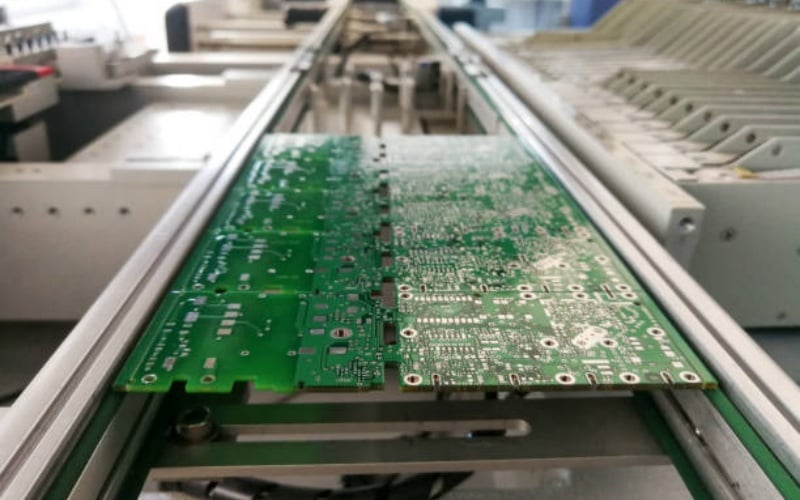The Basics: What is a Liquid Cold Plate?
If you’re in the business of dealing with electrical components, you know that managing heat is one of your biggest challenges. Components that generate heat need to be cooled to prevent them from becoming damaged. This is where liquid cold plates come in. A liquid cold plate is a cooling plate that uses a liquid coolant to absorb heat from electrical components, dissipating that heat and keeping those components from overheating.
Why Choose Liquid Cold Plates Over Other Cooling Options?
There are many different cooling options available, including heat sinks, air cooling, and liquid cooling. Of these, liquid cooling is often considered the most effective and efficient option. It is also a very flexible option, as liquid cooling systems can be customized to the specific needs of a particular application.
How Do Liquid Cold Plates Work?
Liquid cold plates are made up of a base plate, channels, and an inlet/outlet. The channels are filled with a liquid coolant, which is typically water-based. When the electrical components are in operation, they generate heat, which is absorbed by the cold plate. The heat is then transferred to the coolant in the channels, which absorbs the heat and transports it away from the components. The coolant is then cooled and recirculated back through the channels, creating a continuous cycle.
Types of Liquid Cold Plates
There are a variety of different types of liquid cold plates, each designed for a specific application. These include:
- Formed Tube Cold Plates
- Cold Plates with Embedded Heat Pipes
- Extruded Tube Cold Plates
- Vapor Chamber Cold Plates
What Are the Benefits of Using Liquid Cold Plates?
There are several benefits of using liquid cold plates, including:
- Greater Cooling Capacity
- High Reliability
- Cost-Effective Solutions
- Efficient and Customizable Designs
- Improved Performance and Lifespan of Components
Applications of Liquid Cold Plates
Liquid cold plates are used in a variety of applications, including:
- Power Electronics
- LED Lighting
- Laser Diodes
- Medical Equipment
- Renewable Energy
- Military and Aerospace
- Automotive
Factors to Consider When Choosing a Liquid Cold Plate
When choosing a liquid cold plate, it is important to consider several factors, including:
- Coolant Type
- Cooling Capacity
- Plate Material
- Flow Path Design
- Pressure Drop
- Leakage Tolerance
- Customizability
Manufacturing and Customization
There are many manufacturers of liquid cold plates, and many of them offer customization options to meet the unique needs of specific applications. These manufacturers use a variety of manufacturing processes, including brazing, welding, and bonding, to assemble the cold plates. Some manufacturers also offer testing and validation services to ensure that the cold plates meet performance and reliability requirements.
Common Challenges and Solutions
Some common challenges associated with liquid cold plates include pressure drop, leakage, and corrosion. Pressure drop can be minimized by optimizing the flow path design and minimizing the length of the coolant channels. Leakage can be prevented by using high-quality materials and ensuring that the cold plate is properly sealed. Corrosion can be prevented by using the appropriate coolant and material combinations, as well as by using protective coatings.
Conclusion
Liquid cold plates are a highly effective and efficient cooling solution for a wide range of electrical applications. By understanding the benefits, applications, and customization options available for liquid cold plates, you can choose the right solution for your application and ensure reliable and long-lasting performance.

